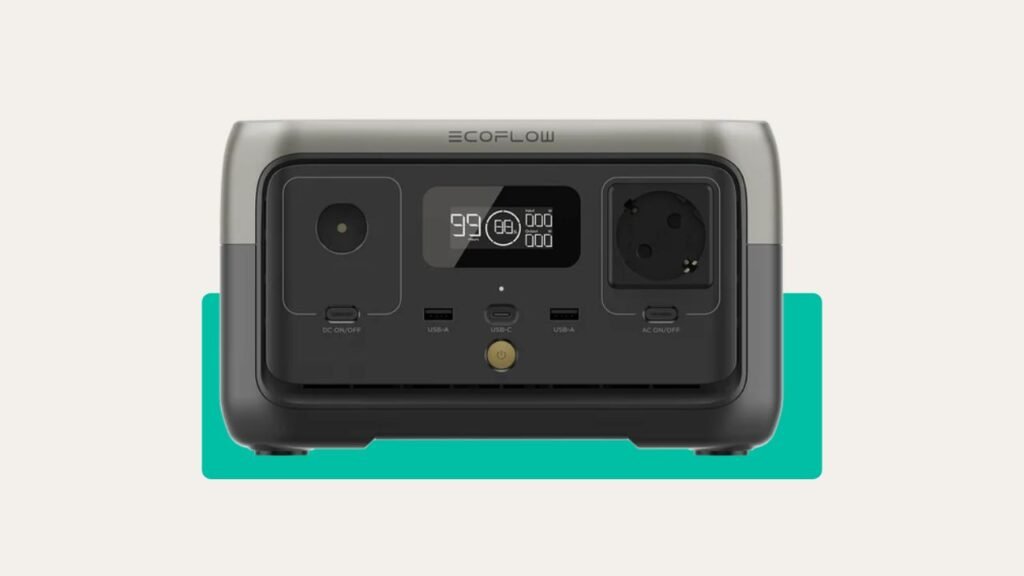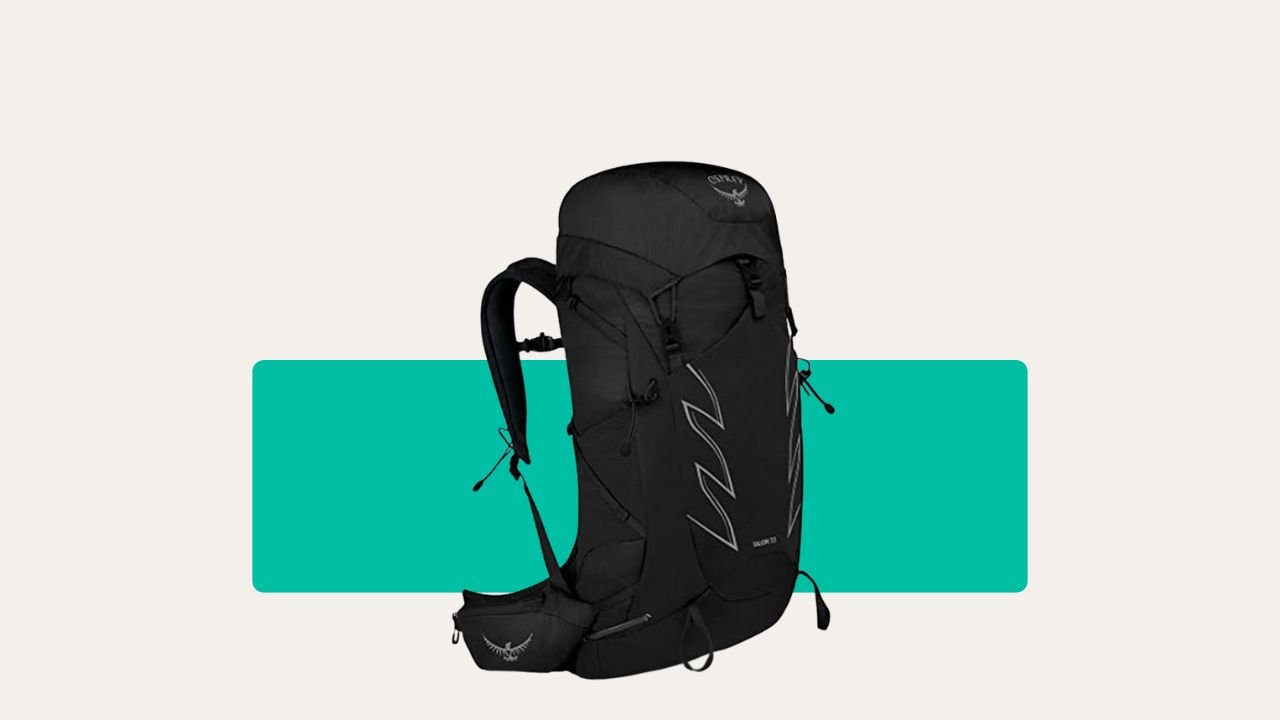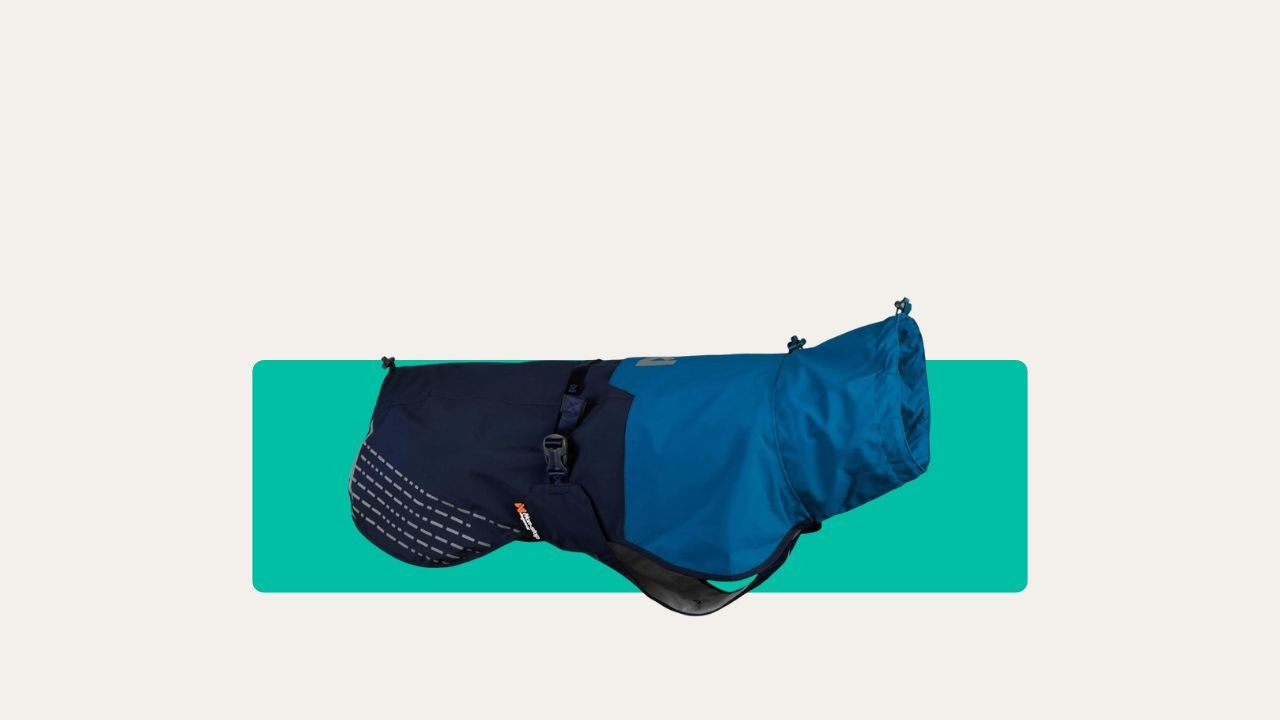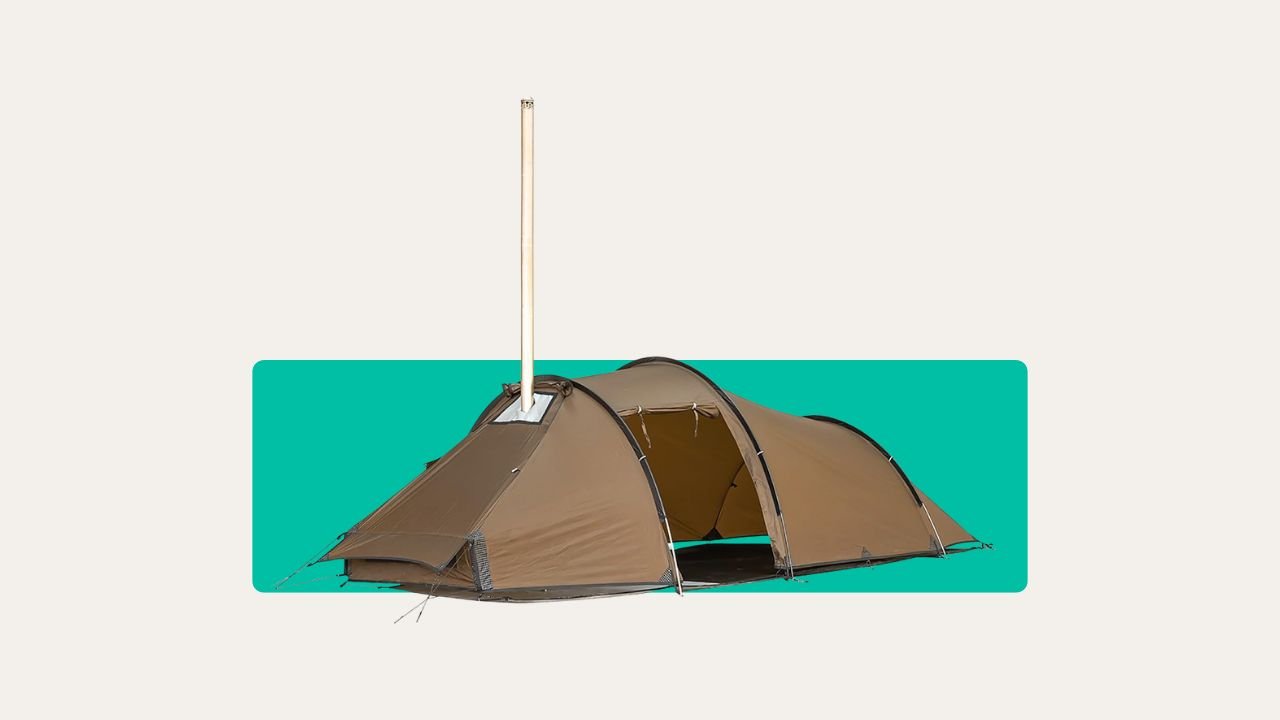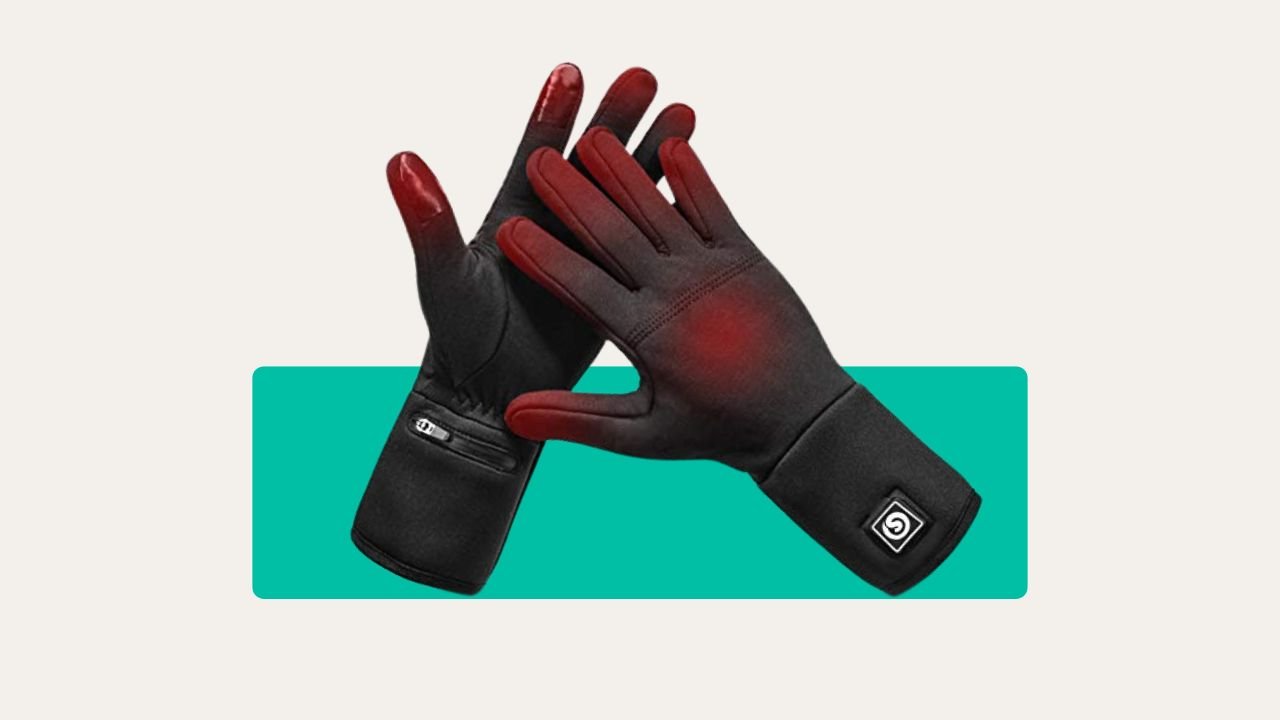Most people think you need a massive, beastly battery pack for proper camping comfort. Been there, done that, nearly wrecked me back lugging a brick-sized unit across muddy Pembrokeshire fields. The truth? It’s about getting the right balance – enough reliable power, not a struggle to haul or a drain on your wallet.
Let’s break down the EcoFlow River 2 series. If you’re a camper, festival-goer, or just want smart backup at home, this is for you. I’ll cut through the sales-speak and focus on what really matters when you’re under canvas in the pouring rain, with soggy kit and the phone battery clinging to 3%.
River 2 Series at a Glance
The EcoFlow River 2 range – River 2, River 2 Max, and River 2 Pro – are portable power stations built for more freedom when off-grid. The line suits anyone from day trippers to hardcore wild campers, as well as folks needing a solid home backup for UK power cuts.
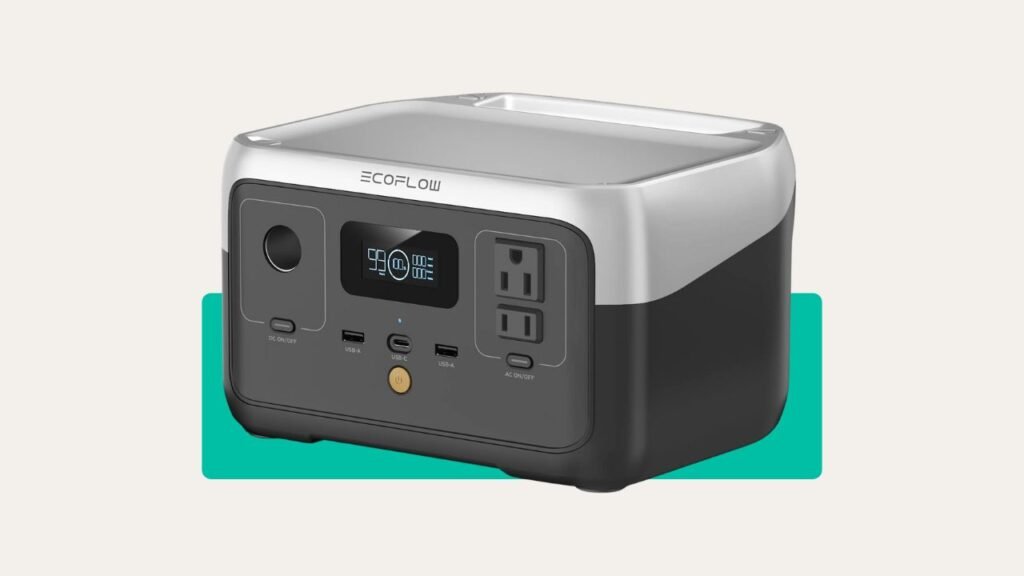
What’s special here? Charge speed. The River 2 can go from flat to full in about 60 minutes from the mains. I’ve lost count how many mornings I remembered at breakfast time that I’d forgotten to recharge the power pack – no bother, the EcoFlow’s sorted in under an hour. All models use LiFePO4 batteries, which outlast and out-safety old-style lithium power banks. Plus, all three charge from solar if you want to go green or you’re wild camping far from a plug.
What’s in the Box with Each Model?
You won’t get loads of faffy extras – only what you need:
- EcoFlow River 2: Power station, mains charging lead, car charging cable (cigarette lighter to XT-60), small manual, and warranty card.
- EcoFlow River 2 Max: Same kit as above, but an extra cable for solar charging if you buy a panel.
- EcoFlow River 2 Pro: Power station, mains lead, car charger, solar cable, manual, plus a heavier-duty plug for the higher output.
No bulky power bricks, no nonsense. Just plug the mains cable right in. Sounds trivial, but if you’ve ever cursed an oversized external charger on a cluttered camping table, you’ll get it.
River 2, Max, and Pro – Size, Weight, and Build
The River 2 is truly portable – hand-luggage small and only 3.5kg (7.7 lbs), about the weight of a decent sleeping bag. I’ve tossed it under the car seat between campsites and carried it in a backpack on local rambles.
The River 2 Max is a bit chunkier. Exact figures aren’t always clear, but expect roughly twice the output and a carrying weight near the 6–7kg mark. Still, it’s no hernia risk.
The River 2 Pro, though, is a different animal. At 8.2kg (18.2 lbs), it’s still portable – just not something I’d hike across Dartmoor with. For car campers, festivals, or as home backup, the heavier build’s worth it for the extra storage.
Build quality’s never been a worry for me. All come rugged, with solid carry handles and a tough, plastic shell. On my last sodden trip to the Lakes, I left the Pro in a leaky awning overnight – it shrugged off the damp.
Key Features That Matter in the Wild
Here’s what matters when you’re knee-deep in mud or it’s pitch-black after 4PM in December:
- Super Fast Charging: The River 2 will do 0–100% in an hour from mains. Even the Pro’s not slow (70 minutes).
- Long Battery Life: LiFePO4 batteries mean up to 10 years of daily charges before the battery drops to 80%. That’s thousands more cycles than the old NMC types used in most banks.
- Solid Power Output: River 2 gives 300W (600W surge), River 2 Max steps up, and Pro peaks at 800W (can ‘boost’ surges up to 1600W for seconds). That means you can run everything from lights to fridges to laptops – even hair dryers or kettles on the Pro.
- Solar Charging: All three work with EcoFlow or third-party solar panels. If you’re wild camping, you can top up from the sun, though expect a full charge to take 4–9 hours depending on conditions.
I once had half a day of proper Cumbrian drizzle but still managed a top-up from a 110W panel on the Max – not speedy, but enough to recharge the lamp and speaker before tea.
Storing Power and How Far It Gets You
Let’s keep it real: numbers on the box are always a tad optimistic. With the River 2’s 256Wh, you’ll get about 4–5 phone charges, a weekend’s worth of fairy lights, and you’ll keep a laptop going all day for work in the wild.
The Max (typically double the capacity) is brilliant for bigger jobs – running a cool box for half a day, charging camera batteries, and still having juice left. The Pro is king if you want to run gadgets all weekend, power a CPAP machine through a campsite blackout, or boil a kettle (once or twice).
During one particularly windy night up at Northumberland, we relied on the River 2 Pro to keep the hot water bottles going and the heated blanket for the dog. The Pro didn’t break a sweat and we got through the long dark.
Powering fridges, fans, routers, even tools – the key is not to run everything at once. For daily camp use, charge as you go, top up with solar, and you won’t get caught out.
How Easy are They to Use on the Go?
There’s nothing fiddly about the EcoFlow River series – something I prize after a soaked day hiking. Plug in, press go, and you’re off. The LCD screen’s clear, telling you exactly how much battery you have left and what’s being used. No guesswork needed.
Each socket or output has its own switch – one for DC, one for AC, one for main device power. At first it’s a minor fuss, but you soon realise it stops you accidentally draining the pack or leaving outputs live (I’ve fried more than one 12V gadget like that before).
Charging it up is dead simple. If you’ve got mains, plug in the kettle lead straight. Solar and car charging are both possible if you’ve planned it in. USB-C charging is there too for tech days out — means you can leave the heavy power bricks at home.
The EcoFlow app can tweak settings, monitor from the tent, or set charge cut-off points. Not essential, but handy for total tech heads.
Safety, Lifespan, and Long-term Use
Safety’s miles better than the bargain-basement power packs you’ll see online. All EcoFlow River 2 models are TÜV Rheinland certified and have built-in protections against overcharge, overheat, and short-carts. I’ve used mine in freezing November and balmy July – both handled it fine.
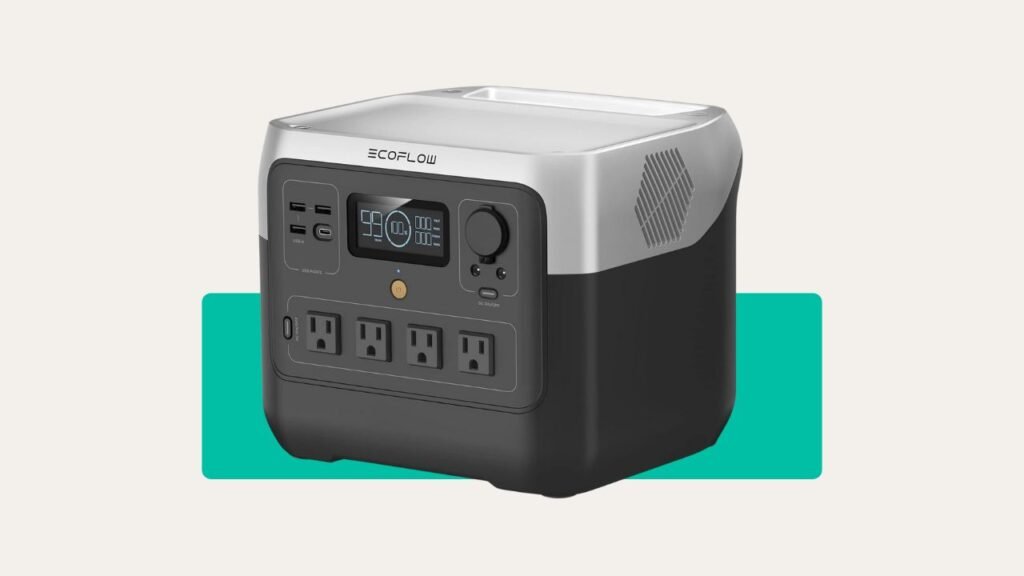
The LiFePO4 chemistry is less likely to overheat, even if you’re charging in a tent on a hot summer’s day. That said, common sense still applies: don’t dunk it in a river or leave it in a puddle. Most panels are waterproof, but the boxes themselves aren’t designed to swim.
EcoFlow claims 3000+ cycles before serious capacity loss. That means nearly a decade of regular use, easily outlasting most camping kit I’ve owned. Better than replacing some £80 knockoff every year.
River 2 vs Max vs Pro – Picking the Right Model
So, which should you actually choose? Speaking as someone obsessed with not carrying more weight than needed:
- River 2: Perfect for solo overnighters, light packers, or to keep in the car for emergencies. If you only need to charge phones, run lights, and power a laptop for work calls, this is spot on and won’t break your back.
- River 2 Max: Double the grunt, but still tossable into the boot. Ideal for couples, small families, or those running camera gear, cool boxes, or want a bit of buffer for cloudy days.
- River 2 Pro: Get this if you’re base camping, need to run multiple devices, medical gear, or want serious backup at home. For group camps or long stays where power is life, it’s superb.
My advice: buy to match your real needs, not ego. I once hiked a Pro four miles up a moor, only to find I just used it for fairy lights and charging my Kindle…
Downsides and Honest Gripes
No kit’s perfect and these are no exception:
- Pro Model Weight: The Pro’s heavy for walking – stick to car-based outings.
- Price: You pay more for LiFePO4 and fast charging. Don’t buy more than you need – the entry River 2’s cheap compared to the bigger toys.
- Faff with Switches: Each power output needs its own button press. Safe, but sometimes slow if you’re in a flap.
- Minor Nags: The River 2 has an upside-down plug socket (no biggie) and no cover on the 12V output. Not dealbreakers, but worth knowing before you buy.
None of these are major, especially compared to lugging a noisy generator or cheap pack that conks out at the first sign of rain.
Closing Thoughts – Is River 2 Series Worth Packing?
Bottom line? The EcoFlow River 2 series is a huge step up from budget bricks or faffier alternatives. It’s not for everyone, but for British camping – where weather’s grim, light’s short, and power cuts now and again – it’s solid backup and keeps everyone happier.
Who benefits most? Anyone who camps more than twice a year, festival regulars, families needing backup, digital nomads, vanlifers, or anyone who hates scrambling for a charge in the wild. The build and cycle life mean you won’t be shopping again for years, and the fast charging sorts you out on even slapdash trip prep.
Don’t go oversize for pride – start with the River 2 if unsure and upgrade only if you need the grunt. From rainy Cornish cliffs to a London blackout, I wouldn’t camp without mine now.
Pack light, pack smart, and enjoy your campsite cuppa even when the torches are dead and midges are circling. That’s freedom.
Want more camping gear advice? Check out our guide to best camping power banks or tips on solar charging at UK campsites. Trust me, one good power station is all it takes to make camp life a breeze.

